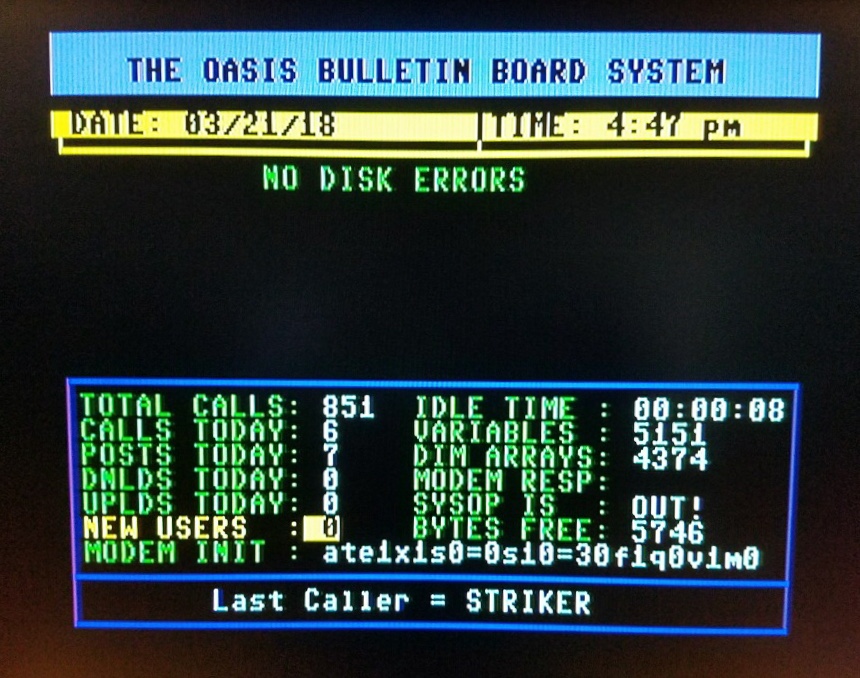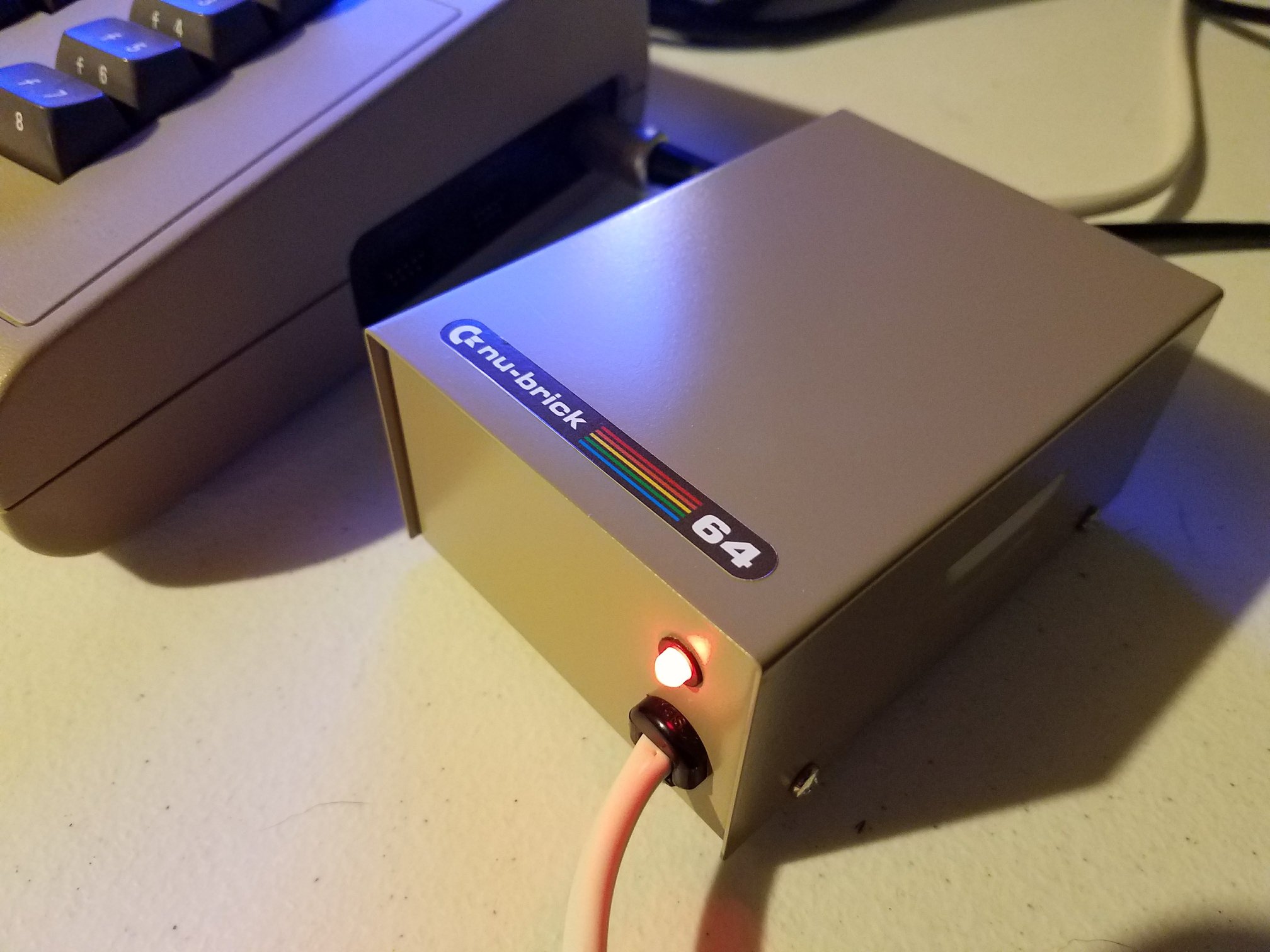Tim’s Retro Corner returns with an inventive look at creating a Hexadecimal LED display for the Commodore 64. This new project evolves from Tim’s earlier “blinking bus” experiments and his 6532 RIOT chip cartridge. The goal this time? Bringing hexadecimal digits to life on bright seven-segment displays that connect right through the C64’s user port.
From Concept to PCB
Tim explains the idea behind his latest build—a compact diagnostic tool showing 8-bit values as readable hex digits. While BCD display drivers are common, true hexadecimal versions are harder to find. His first version used the rare MC14495 chips, but supply issues pushed him to design a modern alternative using GAL16V8 programmable logic devices. The result is a neat, purple PCB built through KiCad, ordered via PCBWay, and ready to light up any retro project.
The Build Process
The video details the full assembly, from soldering sockets and capacitors to aligning those distinctive seven-segment displays. Tim even discusses practical tweaks, like correcting pin header layouts and adjusting capacitor spacing for future board revisions. After building both the MC14495 and GAL versions, he moves on to programming the GAL chips using WinCUPL and XG-Pro software, demonstrating each step clearly for viewers who might want to replicate his setup.
Testing on the C64
Once assembled, the boards plug directly into the C64 user port. A short BASIC program outputs values to the display, cycling through hexadecimal numbers from 00 to FF. The results? Perfectly responsive displays in both red and green variants, proving that the homemade Hexadecimal LED display works flawlessly.
Tim ends the video by teasing future improvements, including multiplexing for 16-bit displays. It’s another inventive deep cut into practical C64 hardware tinkering—and the perfect watch for anyone fascinated by retro logic design and blinking LEDs.







